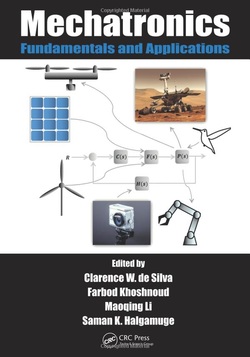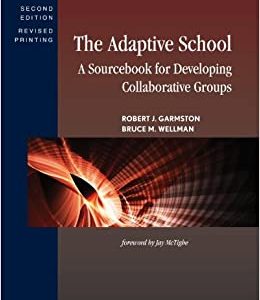Geared toward engineers, designers, researchers, educators, and students, Mechatronics: Fundamentals and Applications focuses on integrating practice with theory relevant to electromechanical and multidomain systems. A result of the Distinguished Visiting Fellowship of the Royal Academy of Engineering, UK, held by Clarence W. de Silva, the book contains 15 chapters written by individual contributors, many of whom were speakers at the workshop.
What Are Mechatronic Systems?
Divided into two sections, this book covers the fundamentals and applications of mechatronic devices and systems and emphasizes specific topics that include: modeling and analytical formulations, simulation methods, design approaches, control techniques, practical tools, and cutting-edge systems and applications. The book highlights methodologies that encompass modeling, analysis, design, control, monitoring, diagnosis of mechatronic systems, and mechatronic systems and technologies. In addition, it illustrates topics by using numerous examples and various case studies from real implementations and incorporates analytical methods, practical considerations, design issues, and experimental techniques throughout the book. The text also covers some state-of-the-art technologies such as Bio-MEMS, self-powered systems and biologically inspired systems.
A broad introduction to the subject of mechatronic engineering, this book:
Presents the concepts of mechatronic design quotient (MDQ) and design evolution through modeling, health monitoring, design expert system, and evolutionary optimization
Outlines the evolution of the discipline of mechatronics from its early days leading up to the present
Includes the fundamental theory of mechanics of materials, which can be employed for application in mechatronics
Explores how signals can be measured to avoid common pitfalls in signal acquisition and processing
Introduces and demonstrates reinforcement learning or Q learning in physical robotic tasks, and more
Mechatronics: Fundamentals and Applications presents the relevance of modeling, design, and instrumentation in the development of a mechatronic system or product and serves as a reference tool and informational resource for engineers in industry, as well as researchers and students in the field of mechatronics.











